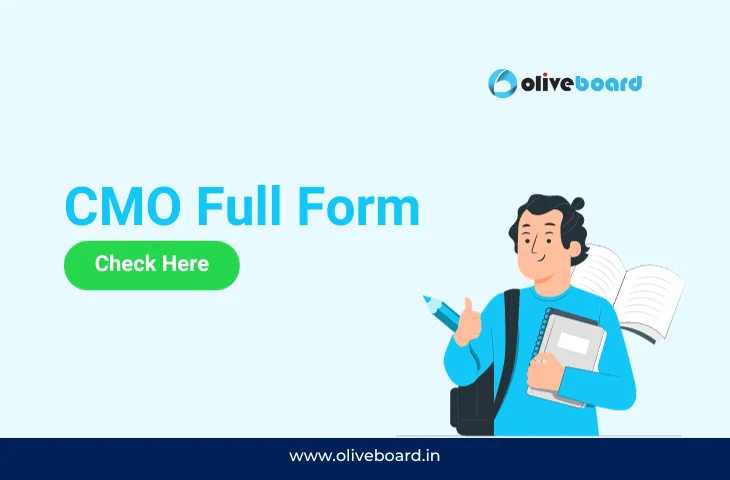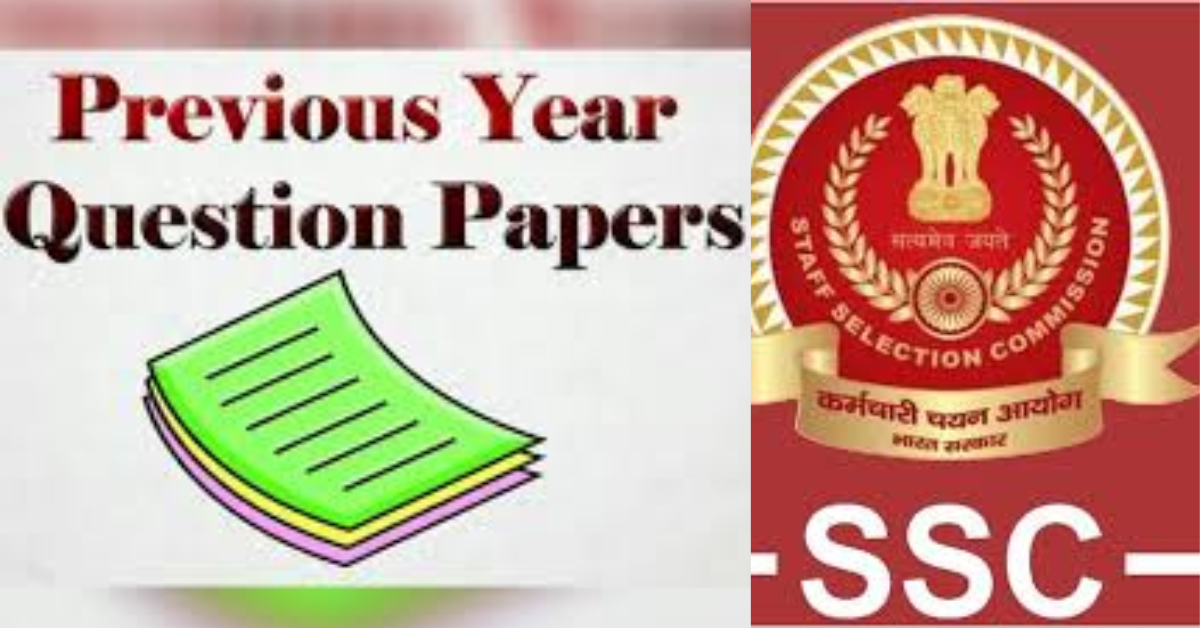CMO Full Form
CMO stands for “Chief Marketing Officer,” a senior executive position within an organization tasked with overseeing and directing marketing efforts to drive business growth and enhance the company’s market position. The CMO is a key member of the C-suite, working closely with other top executives to align marketing strategies with overall business objectives. In this article, we will unveil the full form of CMO, and explore the responsibilities, challenges, and strategic importance of this leadership role.
CMO Full Form in Hindi
CMO का मतलब “मुख्य विपणन अधिकारी” है, जो किसी संगठन के भीतर एक वरिष्ठ कार्यकारी पद होता है जिसे व्यवसाय वृद्धि को चलाने और कंपनी की बाजार स्थिति को बढ़ाने के लिए विपणन प्रयासों की देखरेख और निर्देशन करने का काम सौंपा जाता है।
Key Responsibilities of a CMO
- Strategic Planning: The CMO is responsible for developing and implementing the company’s overall marketing strategy. This involves aligning marketing efforts with business goals and ensuring a cohesive approach to reaching target audiences.
- Brand Management: CMOs play a crucial role in shaping and managing the company’s brand image. They oversee brand development, positioning, and communication strategies to ensure a consistent and positive brand perception in the market.
- Market Research: CMOs lead market research initiatives to gain insights into customer preferences, industry trends, and competitive landscapes. This information guides decision-making and helps in crafting effective marketing campaigns.
- Campaign Development: CMOs are involved in the conceptualization and execution of marketing campaigns. This includes advertising, digital marketing, content creation, and other initiatives to promote the company’s products or services.
- Customer Engagement: Fostering meaningful relationships with customers is a priority for CMOs. They develop strategies for customer engagement, feedback mechanisms, and loyalty programs to enhance the overall customer experience.
- Metrics and Analytics: CMOs utilize data and analytics to measure the success of marketing campaigns. They assess key performance indicators (KPIs) and make data-driven decisions to optimize marketing strategies for better results.
- Collaboration with Sales: The CMO works closely with the sales team to align marketing efforts with sales objectives. This collaboration ensures a seamless customer journey from awareness through the sales funnel.
Challenges Faced by CMOs
- Digital Transformation: The rapidly evolving digital landscape poses a challenge for CMOs to stay abreast of technological advancements and integrate digital strategies effectively into the overall marketing mix.
- Data Privacy and Compliance: With increasing concerns about data privacy, CMOs must navigate the complex landscape of data regulations and compliance to ensure ethical and legal use of customer information.
- Multichannel Marketing: Managing marketing efforts across various channels, both online and offline, requires a strategic approach to maintain consistency in messaging and branding.
- ROI Measurement: CMOs face the challenge of demonstrating the return on investment (ROI) for marketing activities. Establishing clear metrics and attributing results to specific campaigns can be complex.
- Adapting to Market Changes: The business environment is subject to rapid changes, and CMOs must be agile in adapting marketing strategies to shifts in consumer behavior, industry trends, and competitive landscapes.
Strategic Importance of the CMO Role
- Driving Revenue Growth: The CMO plays a pivotal role in driving revenue growth by developing effective marketing strategies that attract and retain customers, ultimately contributing to the company’s bottom line.
- Building Brand Equity: A strong brand is a valuable asset, and the CMO’s focus on brand management contributes to building brand equity, enhancing customer trust, and differentiating the company in the market.
- Customer-Centric Approach: CMOs champion a customer-centric approach, ensuring that marketing efforts resonate with the target audience and align with the needs and preferences of customers.
- Innovation and Creativity: CMOs foster innovation and creativity within the marketing team, leading to fresh and compelling campaigns that capture the attention of consumers in a competitive marketplace.
- Cross-Functional Collaboration: The CMO collaborates with other C-suite executives, particularly the Chief Executive Officer (CEO) and Chief Financial Officer (CFO), to align marketing strategies with overall business objectives and ensure a cohesive organizational approach.
Evolution of the CMO Role
The role of the CMO has evolved over the years, reflecting changes in consumer behavior, technological advancements, and the overall business landscape. Historically focused on traditional advertising and brand management, today’s CMOs are integral to digital transformation, data-driven decision-making, and the integration of marketing with broader business strategies.
Conclusion – CMO Full Form
In conclusion, the CMO holds a critical position in shaping the success of a company in the competitive business landscape. As a strategic leader, the CMO is tasked with developing and implementing effective marketing strategies, driving revenue growth, and building brand equity. In an era of digital transformation and dynamic market changes, the CMO’s ability to navigate challenges, foster innovation, and collaborate across functions is instrumental in positioning the company for sustained success in the ever-evolving marketplace.
- IBPS AFO Bank Wise Vacancy 2025 Out, Check Complete List
- SSC JE Previous Year Question Papers, Download the Free PDF
- IBPS AFO Bank Preference List 2025, Get Participating Banks List
- IBPS AFO Documents Required for Interview 2025, Complete List
- IBPS AFO Books 2025, Check Complete List of IBPS AFO Books
- IBPS AFO Full Form, Know Everything on AFO Full Form
CMO Full Form – FAQs
Ans. CMO stands for “Chief Marketing Officer.”
Ans. CMO का मतलब “मुख्य विपणन अधिकारी” है।

Hello, I’m Aditi, the creative mind behind the words at Oliveboard. As a content writer specializing in state-level exams, my mission is to unravel the complexities of exam information, ensuring aspiring candidates find clarity and confidence. Having walked the path of an aspirant myself, I bring a unique perspective to my work, crafting accessible content on Exam Notifications, Admit Cards, and Results.
At Oliveboard, I play a crucial role in empowering candidates throughout their exam journey. My dedication lies in making the seemingly daunting process not only understandable but also rewarding. Join me as I break down barriers in exam preparation, providing timely insights and valuable resources. Let’s navigate the path to success together, one well-informed step at a time.






